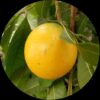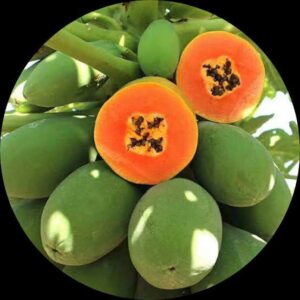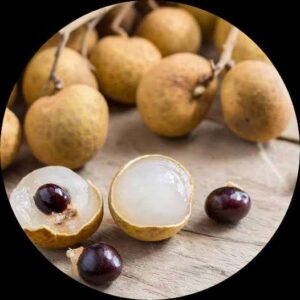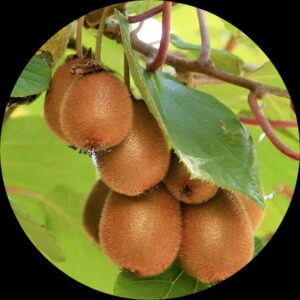- Empty cart.
- Continue Shopping
Abiu In Fruit
Original price was: ₹1,450.00.₹980.00Current price is: ₹980.00.
Genus : Pouteria
Indulge in the luscious flavors of Abiu In Fruit with our Abiu In Fruit Plant. This tropical fruit plant yields abundant fruits with a delectable taste and juicy texture. Whether eaten fresh or used in various culinary creations, Abiu In Fruit is sure to delight your taste buds. Start cultivating your own Abiu In Fruit Plant and enjoy the tropical goodness it brings to your garden.
Abiu (Pouteria caimito) is a tropical fruit tree native to the Amazon region of Brazil, but now widely cultivated throughout Central and South America, as well as in some parts of Southeast Asia. It belongs to the Sapotaceae family, which includes other popular tropical fruits such as sapodilla, canistel, and mamey sapote.
The abiu tree can grow up to 20 meters tall and has a dense, rounded crown with glossy, dark green leaves that can reach up to 20 cm in length. The tree bears fruit year-round, with the peak season varying depending on the region. The fruit is typically round or oval-shaped, with a smooth, thin, yellowish-green skin that turns yellow or golden when ripe.
The flesh of the abiu fruit is soft, creamy, and translucent, with a sweet, juicy flavor that is often compared to caramel or vanilla custard. It contains one to four large, shiny, dark brown seeds that are usually removed before eating.
Abiu fruit is rich in vitamin C, dietary fiber, and antioxidants, as well as a good source of potassium, calcium, and phosphorus. It is commonly eaten fresh as a dessert fruit, but can also be used to make juice, ice cream, jams, and other sweet treats.
In addition to its culinary uses, abiu has been traditionally used in herbal medicine to treat a variety of ailments, including diarrhea, fever, and respiratory problems. Its bark and leaves are also used to make natural dyes.
Overall, abiu is a delicious and nutritious fruit that is gaining popularity in tropical regions around the world












Reviews
There are no reviews yet.